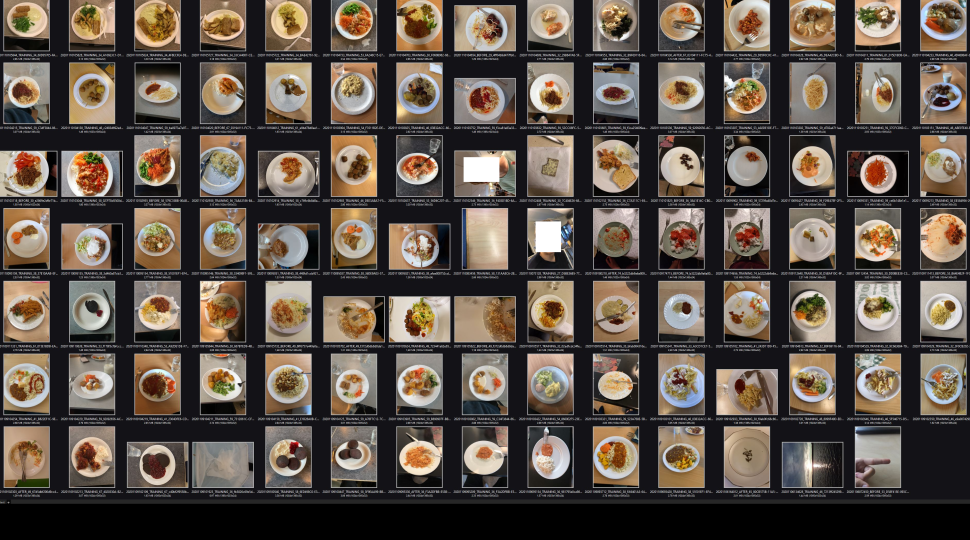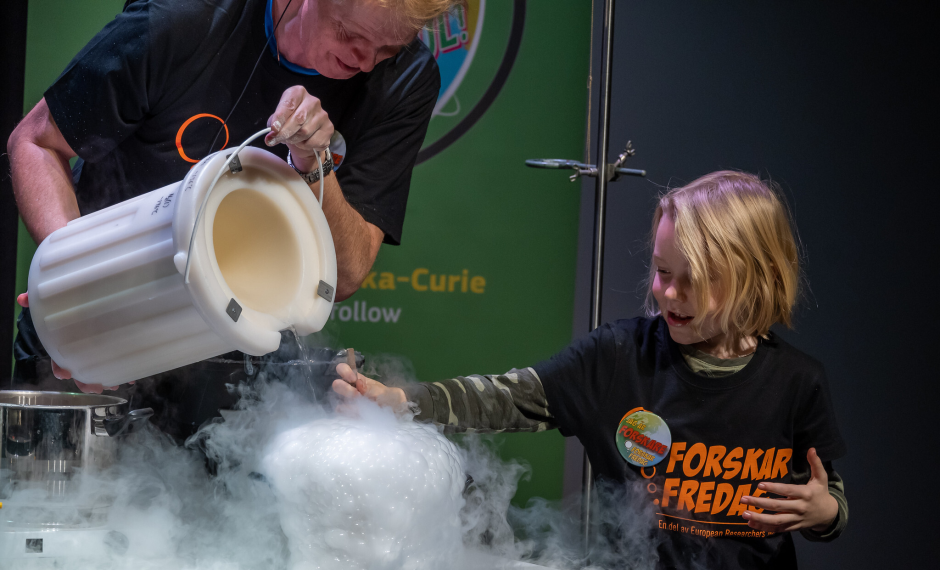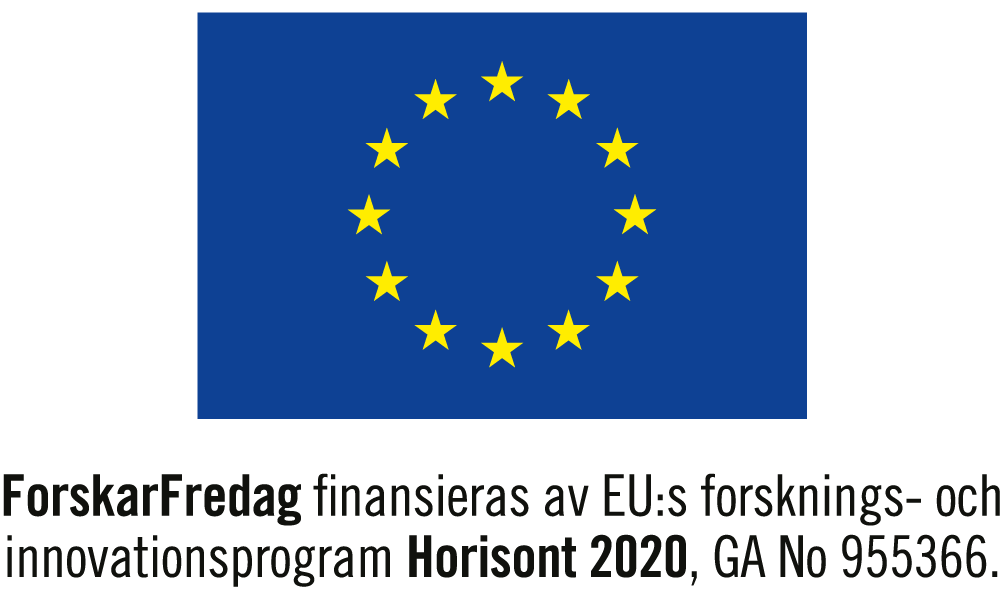A mind-blowing science show from Umeå, exciting geological adventures with Minecraft from Uppsala, a rare chance to peek into an Olympic test centre for winter sports from Östersund, were just a few of hundreds of creative digital activities held during 23 – 29 of November all over Sweden as part of ForskarFredag, the Swedish branch of European Researchers’ Night.
ForskarFredag (Researchers’ Friday) is a week-long science festival celebrating the amazing work of researchers and its impact on the modern world. Designed to stimulate interest in research careers among the young, this popular annual event also gives the public a taste of the diversity and vibrancy of the Swedish scientific community. This year school classes and the general public were able to participate in more than a hundred activities held in 23 cities and towns across all of Sweden. From Luleå to Lund, researchers were eager to share their knowledge and enthusiasm in many different disciplines: from astronomy and zoology, to geology and linguistics.
Despite the COVID-19 restrictions, the 15th edition of the festival was as memorable, inspiring and entertaining as always. This year, researchers (and organisers) were forced to come up with new ingenious ways to share their passion for research in a digital format. ForskarFredag was jam-packed with webinars and Q&As, virtual workshops and debates, educational films and podcasts, virtual tours of research facilities and ideas for fun science activities at home. There was something for everyone!
For example, adults and children alike could enjoy a sensational showcase of research from Curiosum science centre in Umeå. The live digital broadcast featured a series of science shows and talks by researchers from diverse backgrounds. The audience got to make a pH test kit using red cabbage, solve a DNA puzzle for a red Christmas tree, admire giant spiders and scorpions, learn how to purify water with microalgae, travel on a geographical journey around the world using Google Earth, be mesmerised by chemistry and physics “magic” shows. There was also an opportunity to take a virtual tour of a mosquito lab at Umeå University and a phenotyping facility at Umeå Plant Science Centre. Additionally, Curiosum hosted a number of movies that tackled topics such as melting of permafrost in Abisko, engaging Nepal with science and saving the world from malaria. Throughout the afternoon, the audience was encouraged to ask questions in live informal discussions by experts in these fields.
A wide-ranging programme of ForskarFredag was targeted specifically at school-aged children. For example, “borrow a researcher” is a popular annual initiative for schools, where university researchers are made available to the region’s upper secondary school pupils. In this way pupils are encouraged to interact with real-life researchers, to find out exactly what they do and why this type of work matters.

There is also the “Swedish Mass Experiment”, an annual citizen science initiative, where schools and the general public are given the opportunity to collaborate in a real research project. This year’s project was the Food Waste Experiment; school pupils, equipped with a specially designed app and the world’s largest sustainability database, could calculate and document how much food they are throwing away on a daily basis. The aim of this experiment was to find out whether or not more information on personal carbon footprint could result in less food being wasted. Thanks to this project, researchers have been able to collect large amounts of valuable data from across the country, while pupils have been given a hands-on-experience of what it’s like to be a researcher. Through these ForskarFredag initiatives, young people could discover how exciting, diverse and worthwhile a career in research can be!
Thanks to this project, researchers were able to collect large amounts of valuable data from across the country, while students got a hands-on-experience of what it’s like to be a researcher.

As part of ForskarFredag, Swedish researchers also had an opportunity to test their communication skills in Stockholm, Umeå and in digital ( N.Ö.R.D.) heats of the Researchers’ Grand Prix. This competition is not about who has the best research project, but whether they can present their research in a brief (4 minutes), captivating and educational way for an audience that has no prior knowledge of the subject. The winners, chosen through voting by the public and an expert panel, will proceed on to the national final (to be held in 2021). Besides offering a unique public speaking challenge to benefit the researchers, the public was rewarded with the rapid-fire amusing and thought-provoking talks from some of the finest minds in Sweden.
Besides offering a unique public speaking challenge to benefit the researchers, the public was rewarded with the rapid-fire amusing and thought-provoking talks from some of the finest minds in Sweden.
A fascinating hugely-educational discussion was held at a webinar on space technology for the climate featuring researchers from Stockholm University and SMHI (The Swedish Meteorological and Hydrological Institute). “Climate and weather are related, but are not the same thing. The weather determines what you wear today, while your wardrobe reflects the climate where you live. We gain understanding of the climate by compiling large amounts of weather data”, explained Helena Martins, researcher at SMHI. Magnus Lindskog, a meteorologist at SMHI, talked about how weather forecasts are made based on the weather data collected right now. Weather forecasts sometimes fail, due to the fact that the weather is non-linear and that small errors in the predictions grow rapidly over time. Satellites can keep track of both weather conditions and climate change. Linda Megner, a researcher at Stockholm University, spoke about the new Swedish satellite MATS (the size of a large dishwasher!), which will be launched next year via a Russian rocket. The webinar was concluded with a Q&A session, using questions submitted by memebers of the audience of around 150 people.
Feeling curious or regretting that you have missed the ForskarFredag festival? Then keep your calendar free between 20th – 26th of September for the 2021 edition of ForskarFredag!
The science festival ForskarFredag 2020 was carried out with the support of AFA Försäkring, Carl Tryggers Stiftelse för Vetenskaplig Forskning, IKEM – Innovations- och kemiindustrierna i Sverige, Jernkontoret, Kungl. Vitterhetsakademien, Oscar and Maria Ekman’s Donationsfond, Rymdstyrelsen, SULF, Swedish Engineers, Swedish Research Council, Vinnova, Wenner-Gren Stiftelserna and Åforsk. Moreover, European Researchers’ Night in Sweden is funded by the European Commission under HORIZON 2020 in the framework of the Marie Sklodowska-Curie actions, GA 955366.


